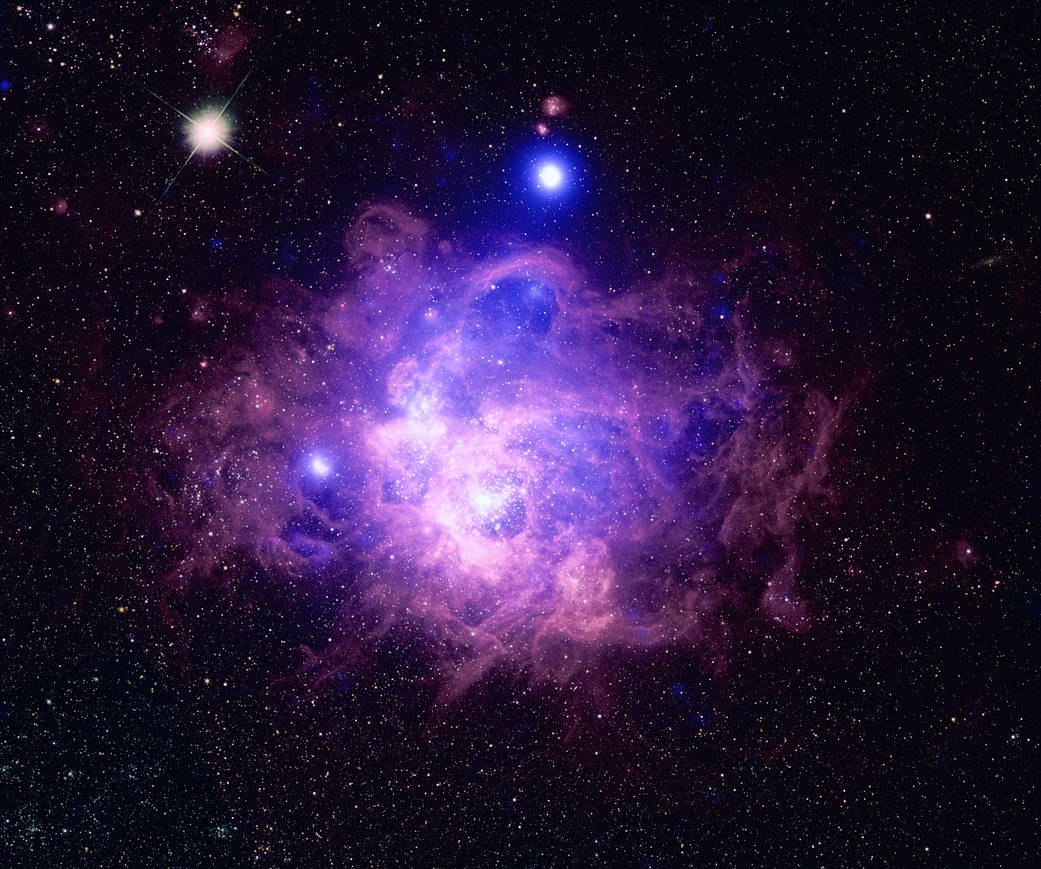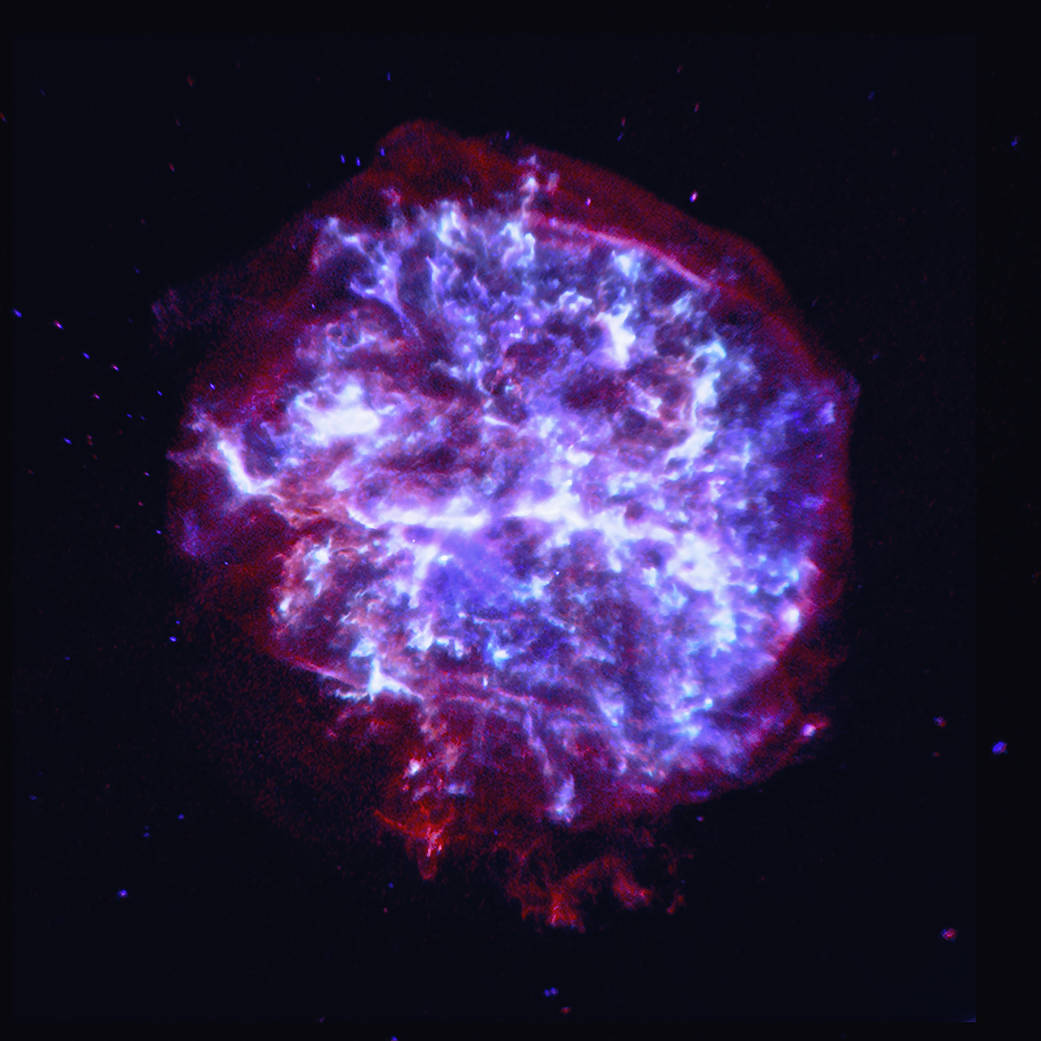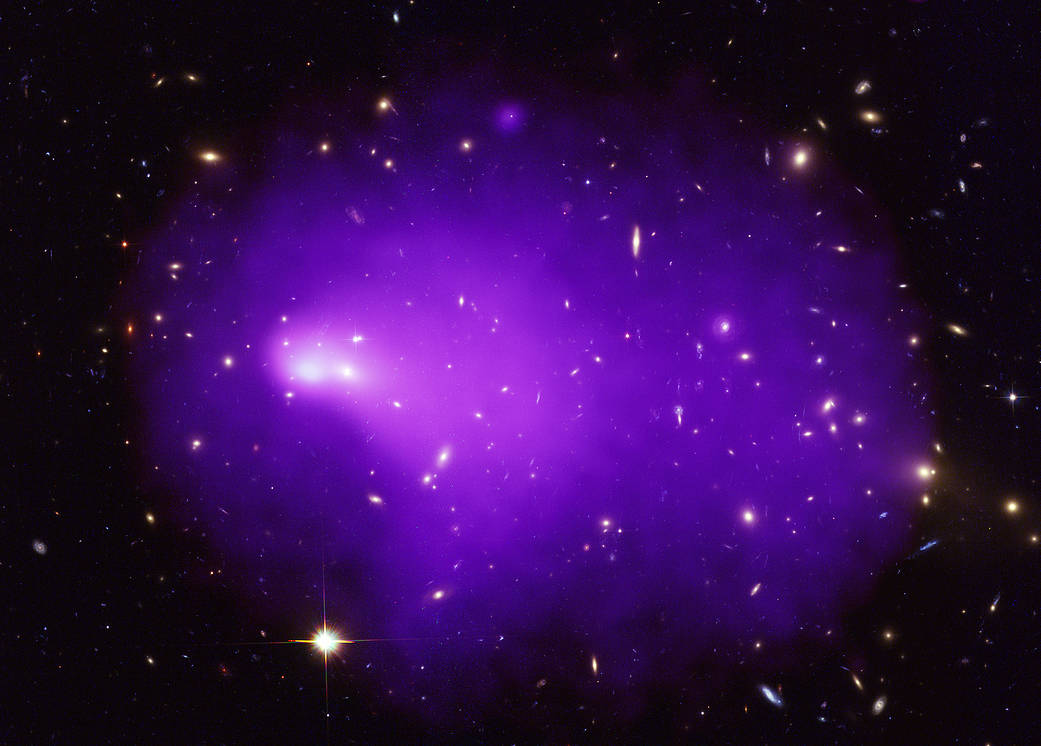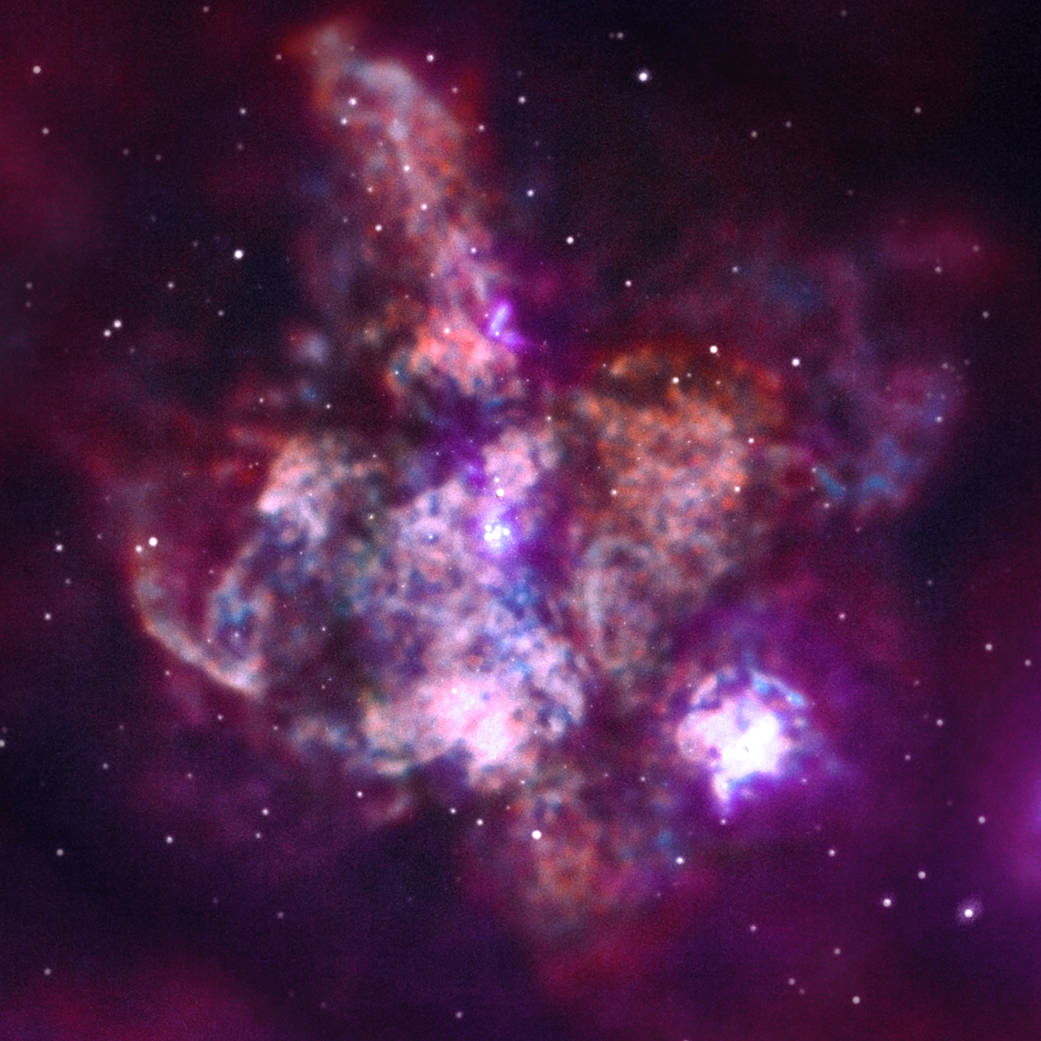NASA Unveils Amazing Cosmic Views as Chandra X-Ray Observatory Turns 20
It's been 20 years since NASA's Chandra X-Ray Observatory launched to give us the sharpest-ever view of X-rays — and the telescope is still working at the frontier of science, the agency said.
The observatory, named after the late Nobel laureate Subrahmanyan Chandrasekhar, an Indian American astrophysicist, launched on July 23, 1999. It hitched a ride to space aboard the shuttle Columbia and has orbited Earth and watched the sky ever since. To commemorate the big anniversary, NASA recently released six new Chandra images, showing everything from the light from infant stars to the structure of huge galaxy clusters.
"Chandra remains peerless in its ability to find and study X-ray sources," Belinda Wilkes, Chandra X-ray Center director, said in a statement. "Since virtually every astronomical source emits X-rays, we need a telescope like Chandra to fully view and understand our universe."
Related: X-Ray Universe: Amazing Photos by the Chandra X-Ray Observatory







Chandra's mission has evolved with our understanding of space. When it launched two decades ago, only a handful of exoplanets were known; today, Chandra routinely looks at how the radiation of stars affects the planets orbiting them. Gravitational waves (massive ripples in space-time) were only theory in 1999, but now Chandra observes the outcome of black hole mergers and other events that produce them.
The telescope is also engaged in observations that haven't yet made that transition, like the study of dark energy, a poorly understood phenomenon believed to make up much of our universe.
The idea for Chandra dates back more than 40 years, to the original proposal by Riccardo Giacconi and Harvey Tananbaum in 1976. Giacconi received the 2002 Nobel Prize for Physics due to his contributions in X-ray astronomy, and Tananbaum was the first director of the Chandra X-Ray Center, which operates the instrument.
Breaking space news, the latest updates on rocket launches, skywatching events and more!
The telescope is working well today after bouncing back from a gyroscope glitch in late 2018. It is expected to continue operations through at least 2024, with a possibility of two three-year contract options following that.
- Gallery: Amazing Nebula Photos From Chandra & Hubble
- See the X-ray Neighborhood of the First-Ever Black Hole Photo in This View
- NASA's Chandra Space Telescope Captures the Tempest in a Cosmic 'Teacup'
Follow Elizabeth Howell on Twitter @howellspace. Follow us on Twitter @Spacedotcom and on Facebook.

Elizabeth Howell (she/her), Ph.D., was a staff writer in the spaceflight channel between 2022 and 2024 specializing in Canadian space news. She was contributing writer for Space.com for 10 years from 2012 to 2024. Elizabeth's reporting includes multiple exclusives with the White House, leading world coverage about a lost-and-found space tomato on the International Space Station, witnessing five human spaceflight launches on two continents, flying parabolic, working inside a spacesuit, and participating in a simulated Mars mission. Her latest book, "Why Am I Taller?" (ECW Press, 2022) is co-written with astronaut Dave Williams.
